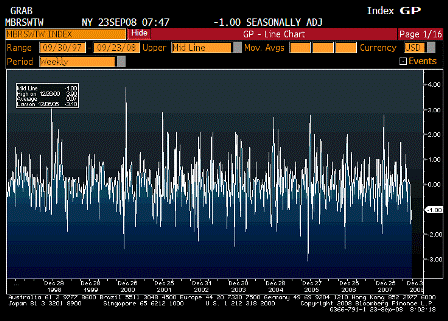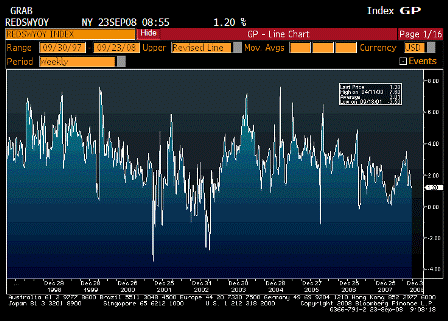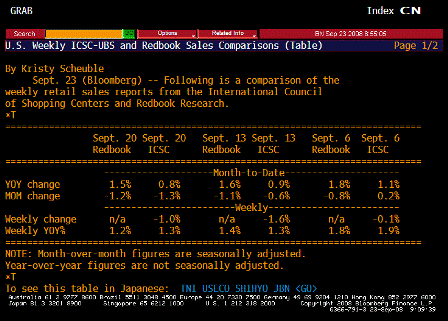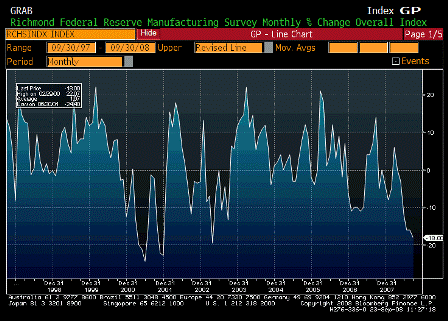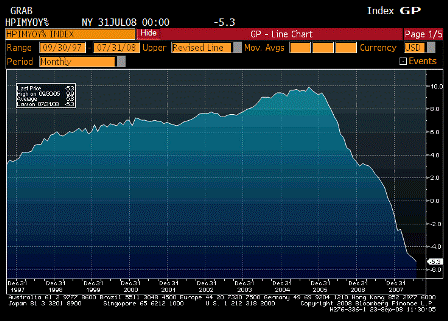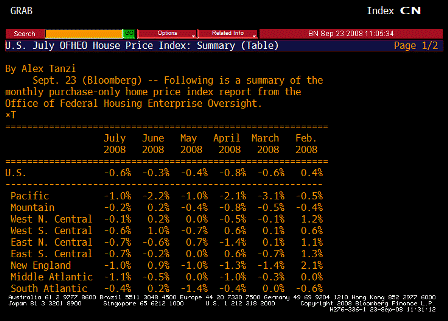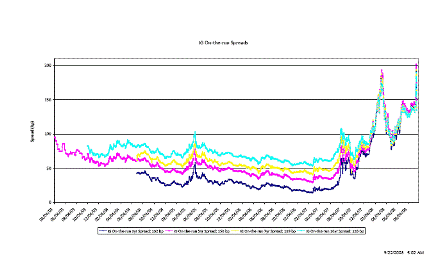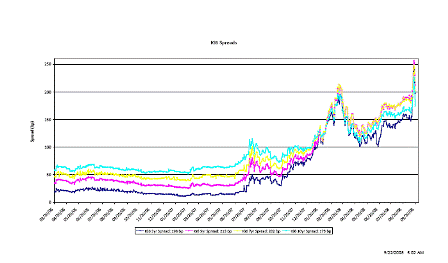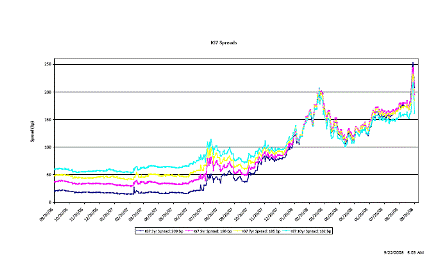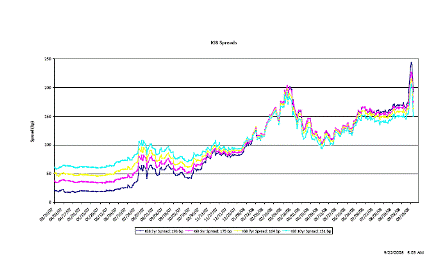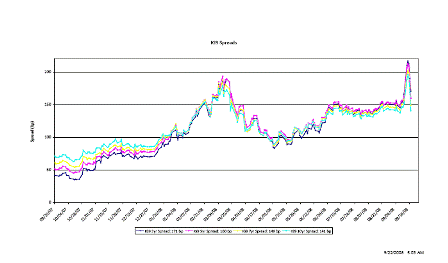Congress seems confused over who are the bad guys that need to be punished.
They seem to be leaning towards punishing shareholders if their management decides to accept any form of federal assistance under the new plan.
This puts management in a bind: sell a few securities to the Treasury and let shareholders lose value to the government, or muddle through and don’t dilute the shareholders.
Management is likelty to do what’s best for management, and sell securities to the Treasury and sell the shareholders up (down?) the river. Just like they do when they issue a convert when stock prices fall, to shore up capital.
But Congress also thinks management needs to be punished with some form of salary and bonus caps. This would discourage management from utilizing whatever new facilities Congress comes up with. Which also makes shares less valuable.
Looks like a lose/lose for the shareholders?
It seems to me if Congress finds anyone at fault (whatever that means) it would be managers rather than shareholders.
What have shareholders done wrong, even in theory? It’s a stretch to come up with anything.
And who are the shareholders? Pension funds, ira’s, individuals? Why are they the objects of Congressional wrath?
With each government intervention, shareholders have been a favorite target to justify the utilization of ‘taxpayer money’ (whatever that means with an asset purchase).
Congress isn’t looking at who’s at fault, they are only looking to minimize risk to ‘taxpayer money’, even if that means taking funds from innocent shareholders.
Congress can be counted on to do what they think is best for them politically. So with something like 75% of the voters owning shares, it seems odd that they are the target.
And, of course, none of this address aggregate demand which is the key to output and employment (the drivers of corporate prosperity) and share holder value.
[top]




